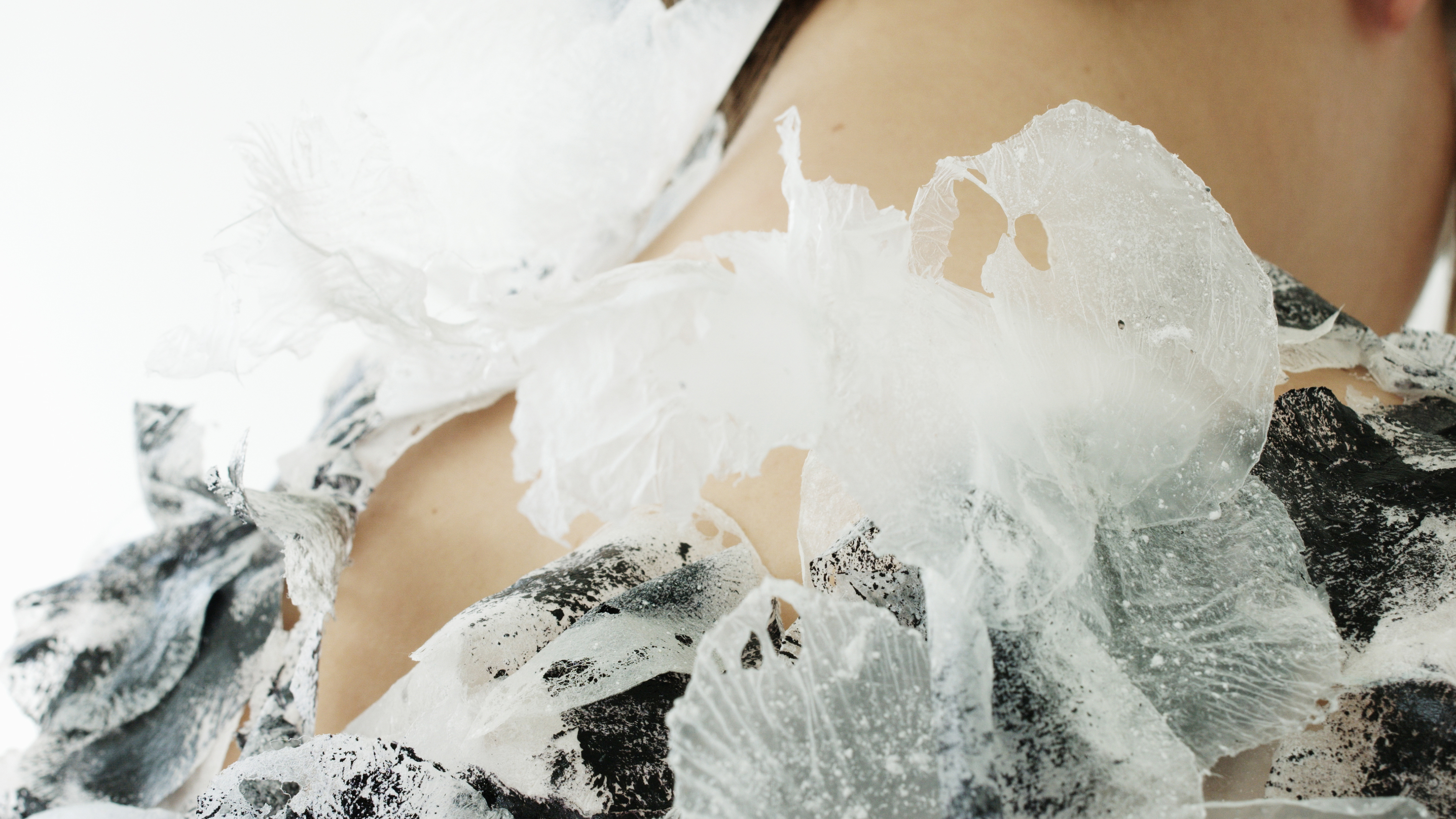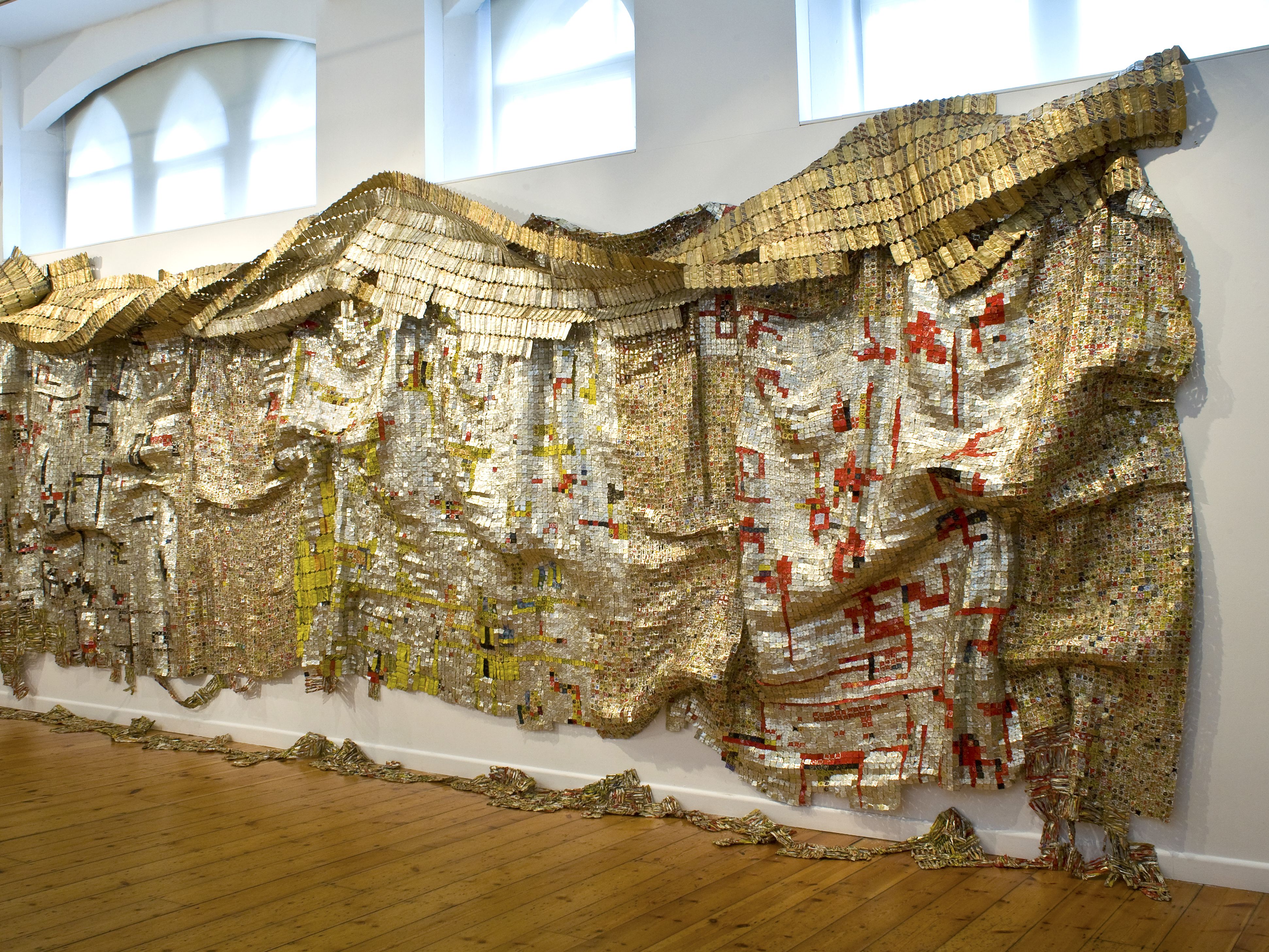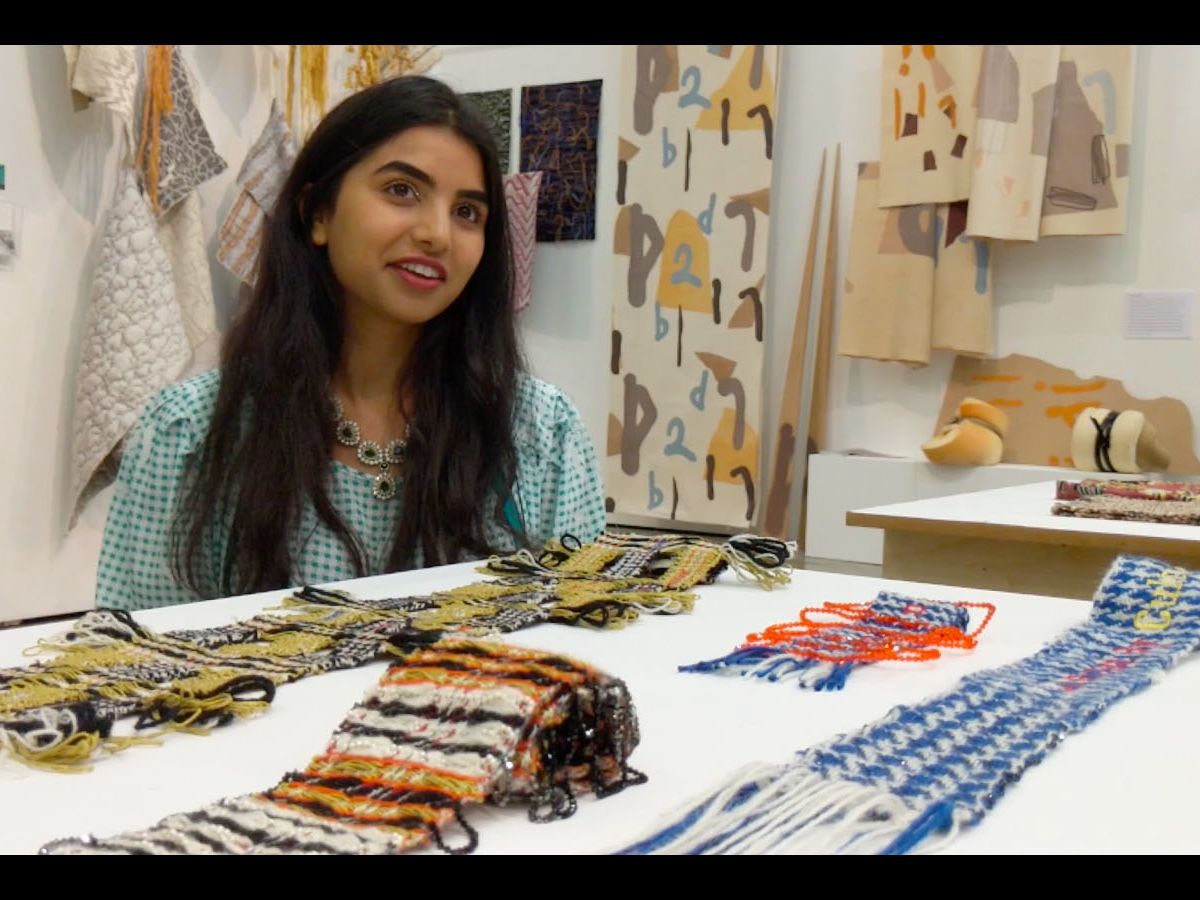Yosana shows us what can happen when craft, textile design and technology collide.
In the world of textile design, whenever the word craft is mentioned most people automatically think of traditional woven carpets, hand-embroidered flowers and repeat-print patterns. All of these associations do represent craft but there is more to craft and its meaning has many different dimensions.
Over the past few years many sectors within the creative industry have evolved and we, as creative practitioners, are curiously seeking for alternative ways to create new products as well as improving existing ones. This curiosity has allowed various designers to intertwine craft with technology and science in order to produce fresher and more innovative materials.
Although innovation is essential, we also need to keep in mind that preservation of craft and its traditional techniques is extremely crucial. As without it, many designers and creative artists wouldn’t be able to develop within their specialised areas. With all this in mind, I’ve picked out a selection of designers and projects – including one of my own- that show you what’s possible when you mix craft, textile design and technology together.
Oluwaseyi Sosanya: Engineering
3D Weaver
Video: Zuzanna Weiss, courtesy of Oluwaseyi Sosanya.
Designers such as Oluwaseyi Sosanya use a multi-disciplinary approach (drawing on experience and ideas from different art, design, and engineering subject areas) as a way to challenge our perspective on how weaving works. Oluwaseyi used his engineering knowledge and created the 3D Weaver, a loom that can create various woven patterns. One of these patterns that he created was converted into soles for shoes and can be applied to making other robust products that you wouldn’t normally associate with woven textiles.
Read more about this project on the Guardian
Explore Oluwaseyi’s website: sosafresh.com
Anna Neklesa: Science
Material Alchemy
Featuring LIVING COTTON
Video: courtesy of Neklesa.
Anna Neklesa is one of many textiles designers who believe that within textiles there is plenty of room to reinvent by using various technologies and science to create innovative materials and fabric. LIVING COTTON, featured in the video, is a new non-woven material made out of pure cotton and is made by modifying the molecular structure of the cotton. It’s interactive and responds to human skin & moisture by changing its shape.
Follow Anna on Instagram: @neklesa
Ryan Mario Yasin: Functionality
Petit Pli - Clothes that grow with your child.
Video: courtesy of Ryan Mario Yasin.
Another designer and engineer that has used craft techniques in an innovative way is Ryan Mario Yasin. For his Petit Pli range, Yasin used the traditional technique of pleating to tackle the growth of toddlers. The pleats allow the fabric to expand up to seven times more than its original size. The lightweight and waterproof material enables toddlers to move freely.
Step into the expanding world of Petit Pli: petitpli.com
Explore more of Ryan’s work on his website: ryanmarioyasin.com
Celia Pym: Preservation
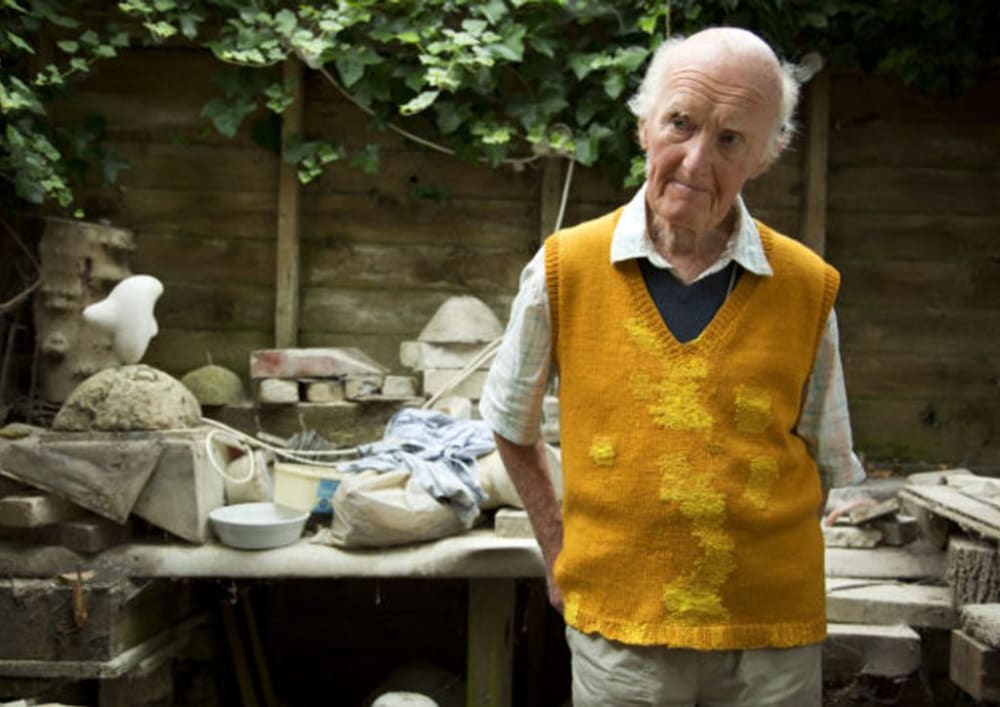
The preservation and honouring of craft is crucial to its development. For example, artist/designer Celia Pym’s usage of a craft technique called ‘a darning stitch’– a method of sewing invented by older generations to repair and extend the life of favoured garments – reminds us of the comfort we feel when wearing an old but well-cared for piece of clothing. The garment may even evolve into a photo album of the memories collected while worn. Being able to restore the integrity of an item (like an old sweater) preserves and even adds to the broader value of craft.
Explore more of Celia’s work on her website: celiapym.com
Yosana Leal: Craft and computer aided design (CAD)
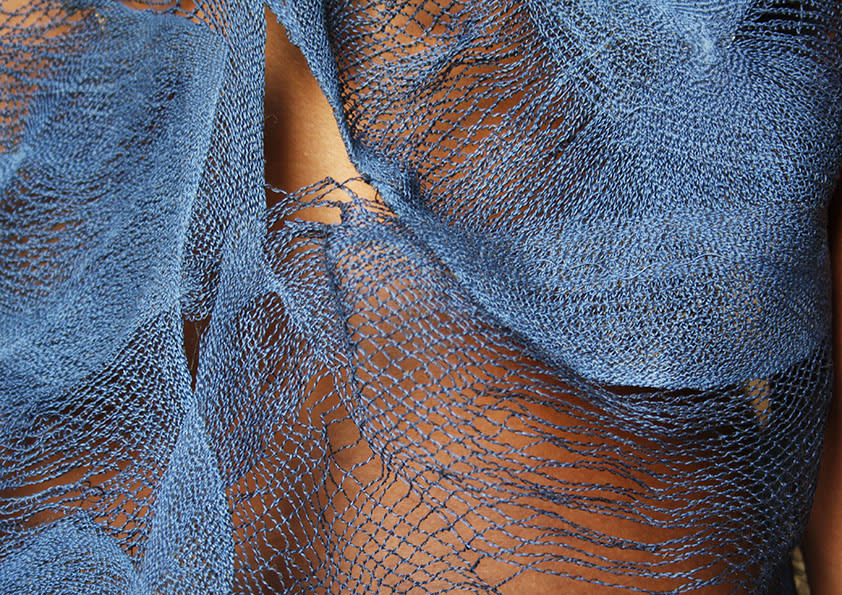
My work analyses how traditional embroidery techniques such as ‘drawn thread’ work. I identify every step taken in order to re-produce the technique. Once the steps are identified you can reverse their order and use CAD embroidery machinery to create lacy patterns as shown in the image above.
Follow Yosana on Instagram: @yosielrl
Bolivia’s indigenous women: Health
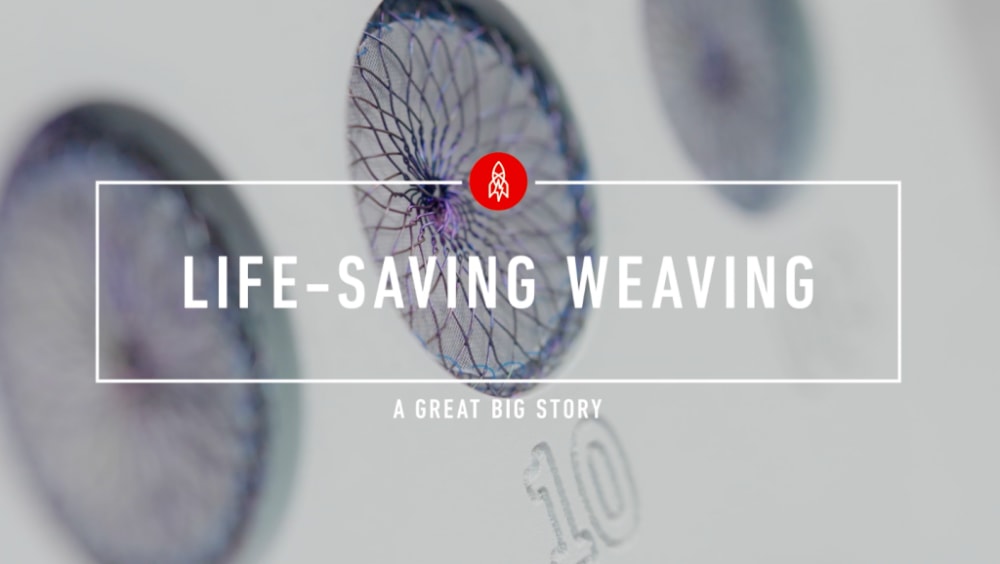
Sometimes textiles craft innovation is acquired through the knowledge gained from cultural activities involving traditional techniques. For example, in Bolivia, a group of Aymara women hand-weave with nitinol – an elastic metal – to create occluders, which are medical devices used to cure heart defects.
Watch A Great Big Story’s film about the project on Vimeo
Read more about this story on Remezcla
